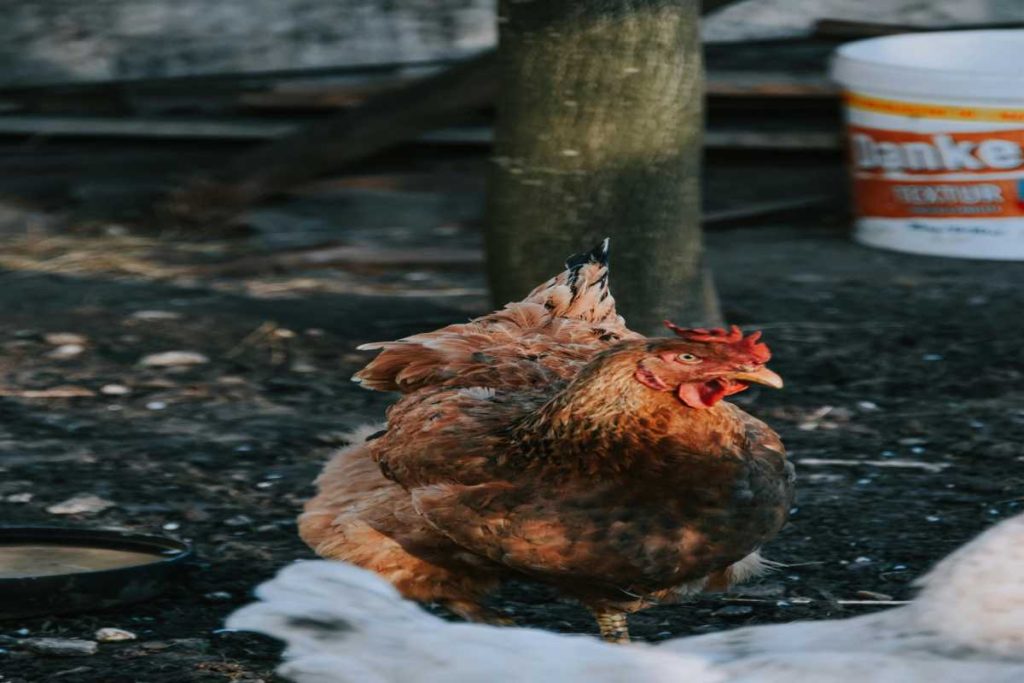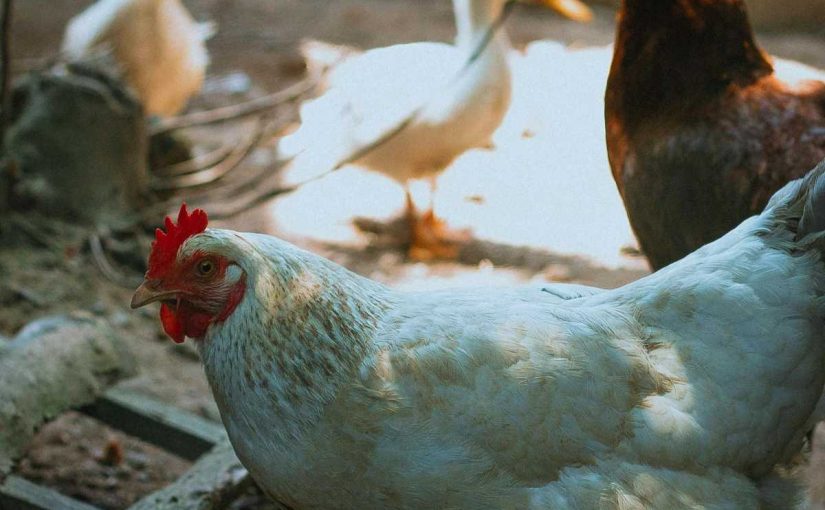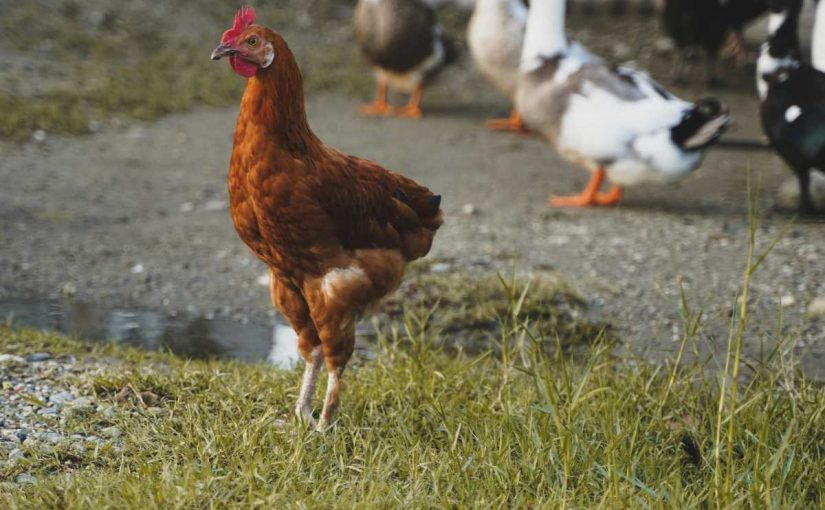Integrating new chickens into an existing flock can be a rewarding but challenging task. Introducing new birds to your established flock requires careful planning and attention to detail to ensure a smooth transition. This process is crucial to maintaining the health and harmony of your chickens. Here are five simple yet detailed steps to successfully introduce new chickens to your flock.
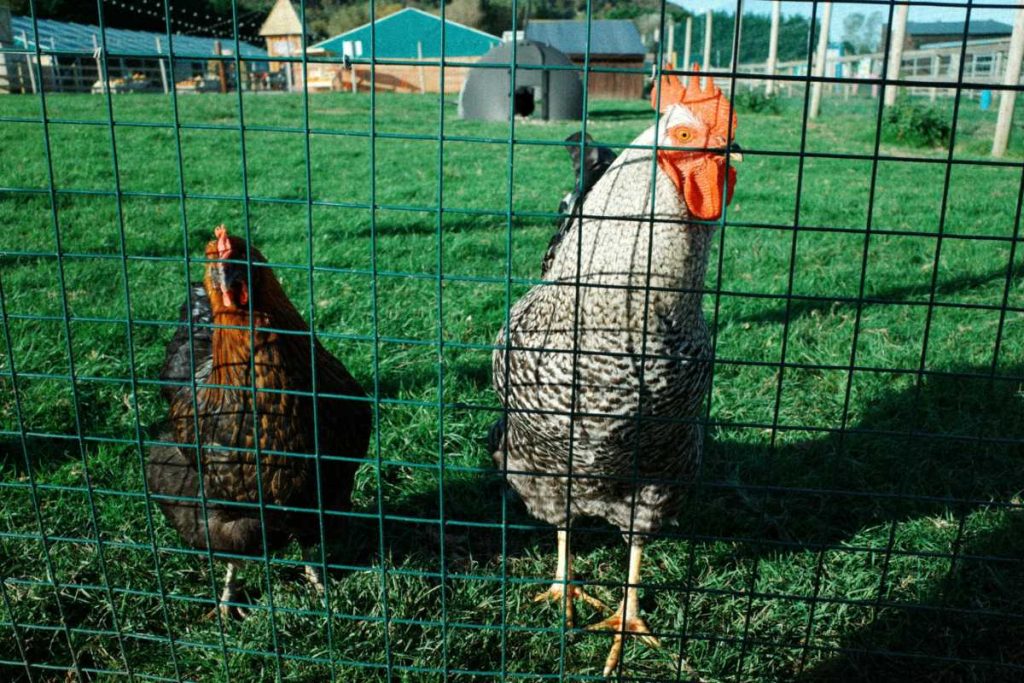
1. Quarantine the New Chickens
Why Quarantine is Important
Before introducing new chickens to your existing flock, it’s essential to quarantine them for at least two to four weeks. This practice helps prevent the potential spread of diseases and parasites that the new chickens may carry without showing symptoms.
How to Quarantine
- Separate Housing: Set up a separate space away from your current flock. This can be a different coop or a secure area in your yard. Ensure that the quarantine area has adequate shelter, food, water, and ventilation.
- Monitoring Health: During the quarantine period, observe the new chickens for any signs of illness, such as lethargy, respiratory issues, or unusual droppings. If any health problems arise, consult a veterinarian.
- Parasite Treatment: Consider treating the new chickens for common parasites, such as mites or worms, during this time to further protect your flock.
2. Gradual Introduction
Why Gradual Introduction Matters
Chickens are territorial creatures, and introducing new birds too quickly can lead to aggression, bullying, or even serious injuries. A gradual introduction allows the existing flock to adjust to the presence of newcomers and reduces stress for both groups.
How to Gradually Introduce
- Visual Introduction: After the quarantine period, place the new chickens in a separate pen adjacent to the existing flock. This allows them to see and hear each other without direct contact. Monitor their behavior; initially, some pecking or squawking is normal as they establish their social hierarchy.
- Supervised Interactions: After a week of visual introduction, start supervised interactions. Allow the new chickens to mingle with the existing flock while you are present to intervene if necessary. Keep these sessions short (20-30 minutes) at first, gradually increasing the duration as they become more accustomed to each other.
3. Create an Ample Space for All
Why Space is Critical
Having sufficient space is vital for reducing aggression and stress during the integration process. A cramped environment can lead to competition for resources, which can exacerbate conflicts.
How to Ensure Ample Space
- Flock Size and Space: Ensure that your coop and run can accommodate all the chickens comfortably. A general guideline is to provide at least 4 square feet per bird inside the coop and 10 square feet per bird in the outdoor run.
- Multiple Feeding Stations: To reduce competition, set up several feeding and watering stations throughout the coop and run. This allows all chickens access to food and water without feeling threatened by others.
4. Monitor Behavior and Intervene if Necessary
Why Monitoring is Important
Observing the interactions between your existing flock and the new chickens is essential to ensure a peaceful integration process. Conflicts may arise, especially as the birds establish their pecking order.
How to Monitor Behavior
- Identify Aggression: Watch for signs of aggression, such as pecking, chasing, or cornering. While some pecking is normal as they establish dominance, excessive aggression can lead to serious injuries.
- Intervene When Needed: If you notice aggressive behavior escalating, separate the chickens immediately. Return them to their quarantine area or a separate pen for a few days before attempting reintroduction.
- Provide Hiding Spots: Ensure that both the new and existing chickens have places to hide, such as boxes, logs, or other structures. These safe spaces can help chickens escape aggressive behavior and reduce stress.
5. Be Patient and Allow Time for Adjustment
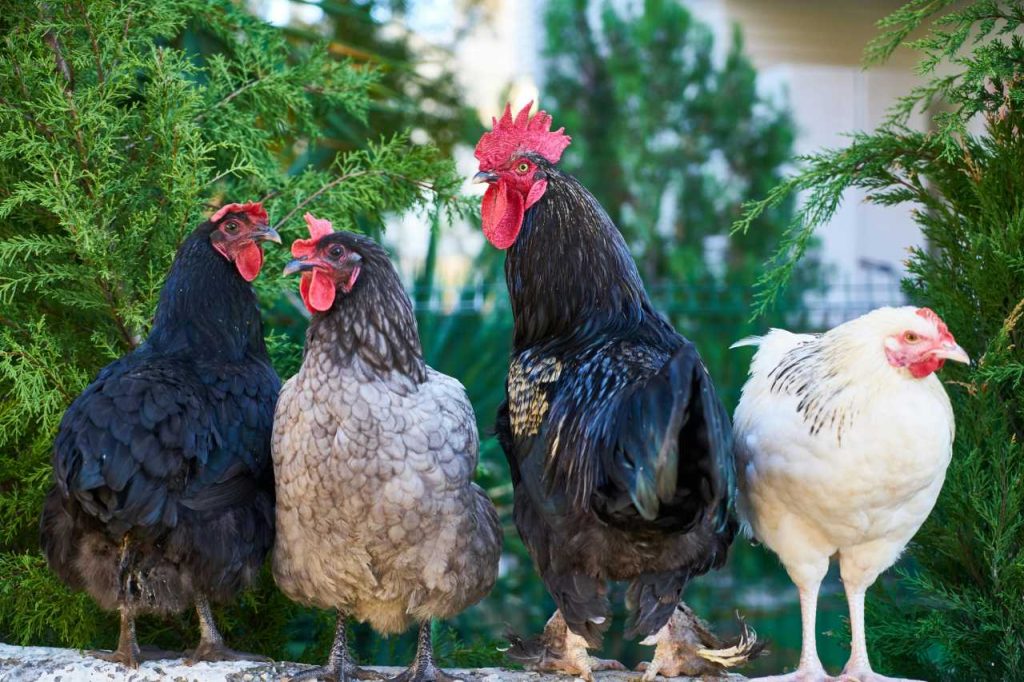
Why Patience is Key
Integrating new chickens can take time. Each flock is different, and some may accept newcomers more quickly than others. Rushing the process can lead to unnecessary stress and conflict.
How to Foster Patience
- Monitor for Adjustment: Continue to observe the flock for several weeks after the initial introduction. Look for signs of harmony, such as shared foraging and resting together.
- Adjust Based on Behavior: If you notice ongoing issues, consider separating the new chickens again for a few days before attempting reintroduction. Each flock is unique, so adjustments may be necessary based on their behavior and dynamics.
- Stay Engaged: Spend time with your chickens daily to help them become accustomed to each other and you. This engagement can help reinforce their social bonds and make the integration process smoother.
Conclusion
Introducing new chickens to your flock can be a rewarding experience when done thoughtfully and patiently. By following these five simple steps—quarantining the new birds, gradually introducing them, providing ample space, monitoring behavior, and allowing time for adjustment—you can help ensure a successful integration. A harmonious flock not only contributes to a healthier environment for your chickens but also enhances your enjoyment of raising them. With diligence and care, you can create a thriving community of chickens that will provide you with fresh eggs and meat for years to come.

